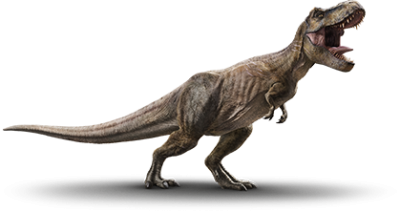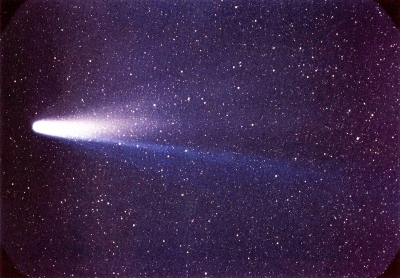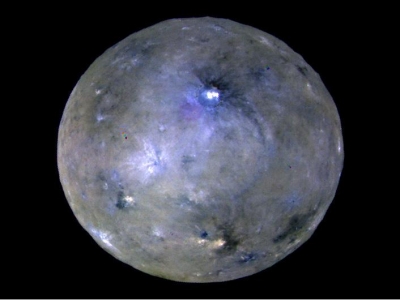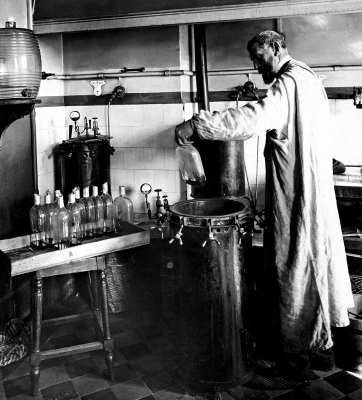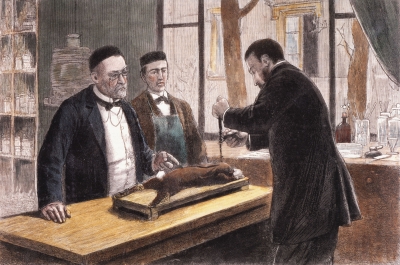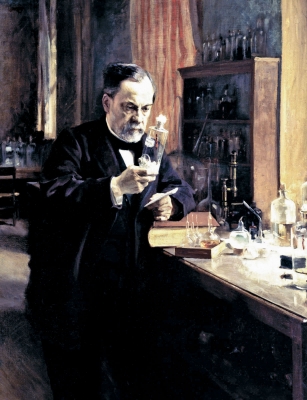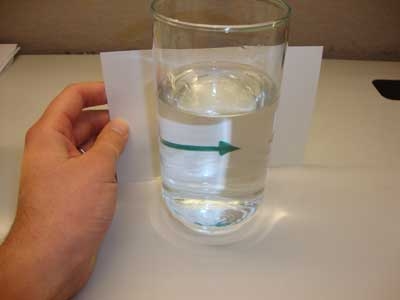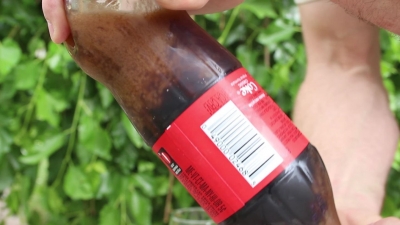Which dinosaur lived in Europe around 150 million years ago?
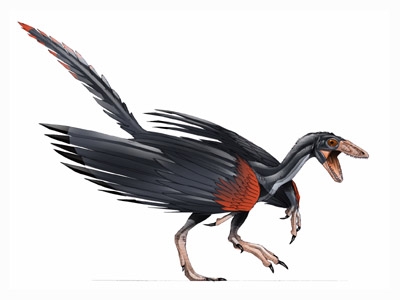
Archaeopteryx lived around 150 million years ago — during the early Tithonian stage in the late Jurassic Period — in what is now Bavaria, southern Germany. At the time, Europe was an archipelago and was much closer to the equator than it is today, with latitude similar to Florida, providing this basal bird, or "stem-bird," with a fairly warm — though likely dry — climate.
Various specimens of Archaeopteryx showed that it had flight and tail feathers, and the well-preserved "Berlin Specimen" showed the animal also had body plumage that included well-developed "trouser" feathers on the legs. Its body plumage was down-like and fluffy like those of the feathered theropod Sinosauropteryx, and may have even been "hair-like proto-feathers" that resemble the fur on mammals, according to a 2004 article in the journal Comptes Rendus Palevol.
Interestingly, the Archaeopteryx specimens found thus far lack any feathering on the upper neck and head, which may be a result of the preservation process.
Based on its wings and feathers, scientists believe Archaeopteryx likely had some aerodynamic abilities.
A 2018 study published in the journal Nature Communications also found evidence that Archaeopteryx could fly, although not like any bird alive today does. The researchers used synchrotron microtomography — a tool that uses radiation to make magnified, 3D digital reconstructions of an object — to study the Jurassic creature's fossils. Even though Archaeopteryx didn't have the same features in its shoulders that help modern birds fly, its wings looked like those of modern birds that fly, they found.
Credit : Live Science
Picture Credit : Google
